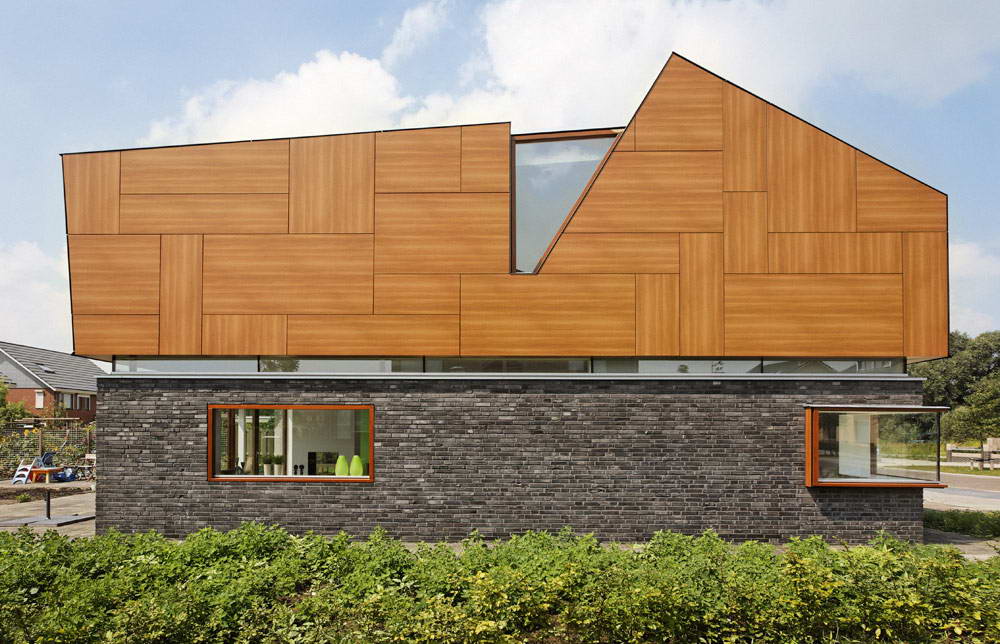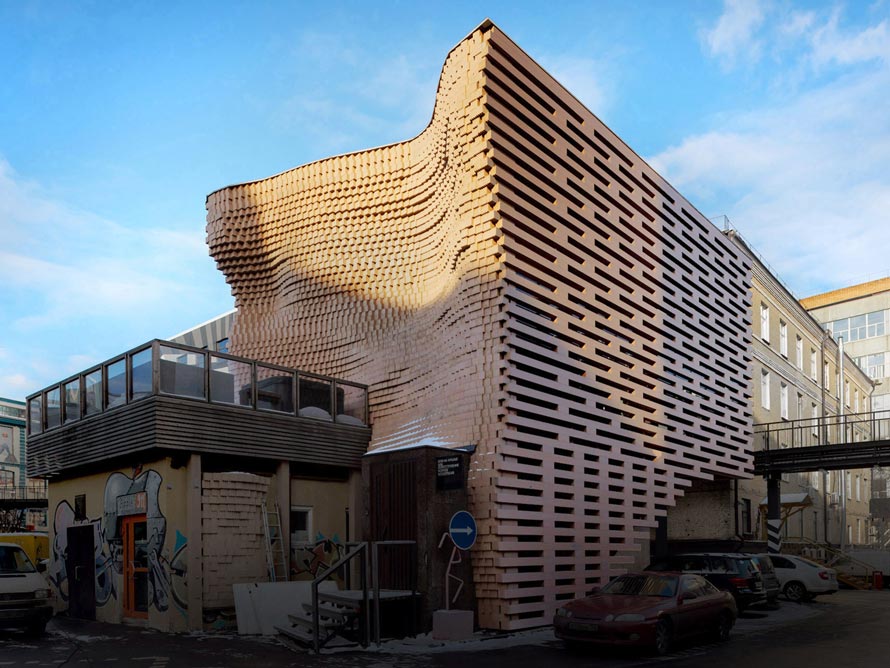Architects and engineers are actively working to push the limits of timber construction, and while wood was once considered a material only for small buildings, it is now capable of surprising. Thanks to advanced technologies such as CLT (cross-laminated timber), timber structures are becoming strong, fire-resistant and applicable even for high-rise construction.

The potential of wood as a material to replace steel and concrete is enormous.
For example, wooden structures are easier to transport and install, which reduces time and labor costs on the construction site. The material's lightness and malleability allow for the creation of molds that would be difficult and costly with concrete.
According to researchers at Wageningen University and Research Center in the Netherlands, wood is an excellent choice for buildings up to 60 meters high.
After this height, the benefits of wood start to diminish compared to traditional fossil-based building materials.
Carbon footprint and environmental benefits
The biggest advantage of wood in construction is its environmental friendliness. Concrete and steel production is nearly one-third of the world's carbon dioxide emissions, while wood construction, on the other hand, not only does not add CO₂ to the atmosphere, it “traps” it. Wood absorbs carbon dioxide as it grows, and it stays there as long as the wood is used as a building material. As a result, a single wooden building can offset the carbon footprint of several concrete or steel structures at once.
Growing and using wood requires far less energy than the extraction and production of traditional materials, doubly reinforcing wood's position as a sustainable choice.

Challenges yet to be solved
- Fire resistance. Although wood can be made more resistant to fire, its behavior in fire remains a serious problem, especially for high-rise buildings. For such projects, it is common to use layers of CLT that protect the internal wood components and provide a certain level of fire resistance. However, fire safety standards for tall timber structures are still emerging and each country is developing its own requirements.
- Weather and pest resistance. Humidity can be the enemy of wooden buildings, as prolonged exposure to water can lead to rotting. Applying protective coatings and regular maintenance solves this problem, but it adds to the cost of operation. Wood can also attract insects, which requires antiseptic treatment.
- Building codes and standards. Unlike steel and concrete, wood is just beginning to become the norm in high-rise construction, so many countries do not yet have strict standards for such structures. This hinders the development of wooden high-rise construction, as investors and developers cannot be completely sure that such buildings are safe.
How far can we go?
На сегодняшний день уже существует несколько высоких деревянных зданий, которые по своей высоте To date, there are already several tall wooden buildings that approach the height of traditional skyscrapers. For example, Mjøstårnet in Norway, an 18-story wooden building with a height of 85.4 meters, is considered the tallest wooden skyscraper in the world. And recent designs promise to go even further, showing that limitations are a matter of technology, not material.

What does the future hold?
In the future, timber construction could be the basis for green cities. Due to the renewability and easy recyclability of wood, many cities are considering it as a key material for sustainable construction. As CLT and other technologies continue to improve, wood can become even stronger and safer, enabling ever higher and more complex structures to be built.
Wood as a building material thus has enormous potential. It offers a sustainable alternative to concrete and steel, making it possible to build sustainable, stylish and practical buildings that can form the basis for the cities of the future.

























